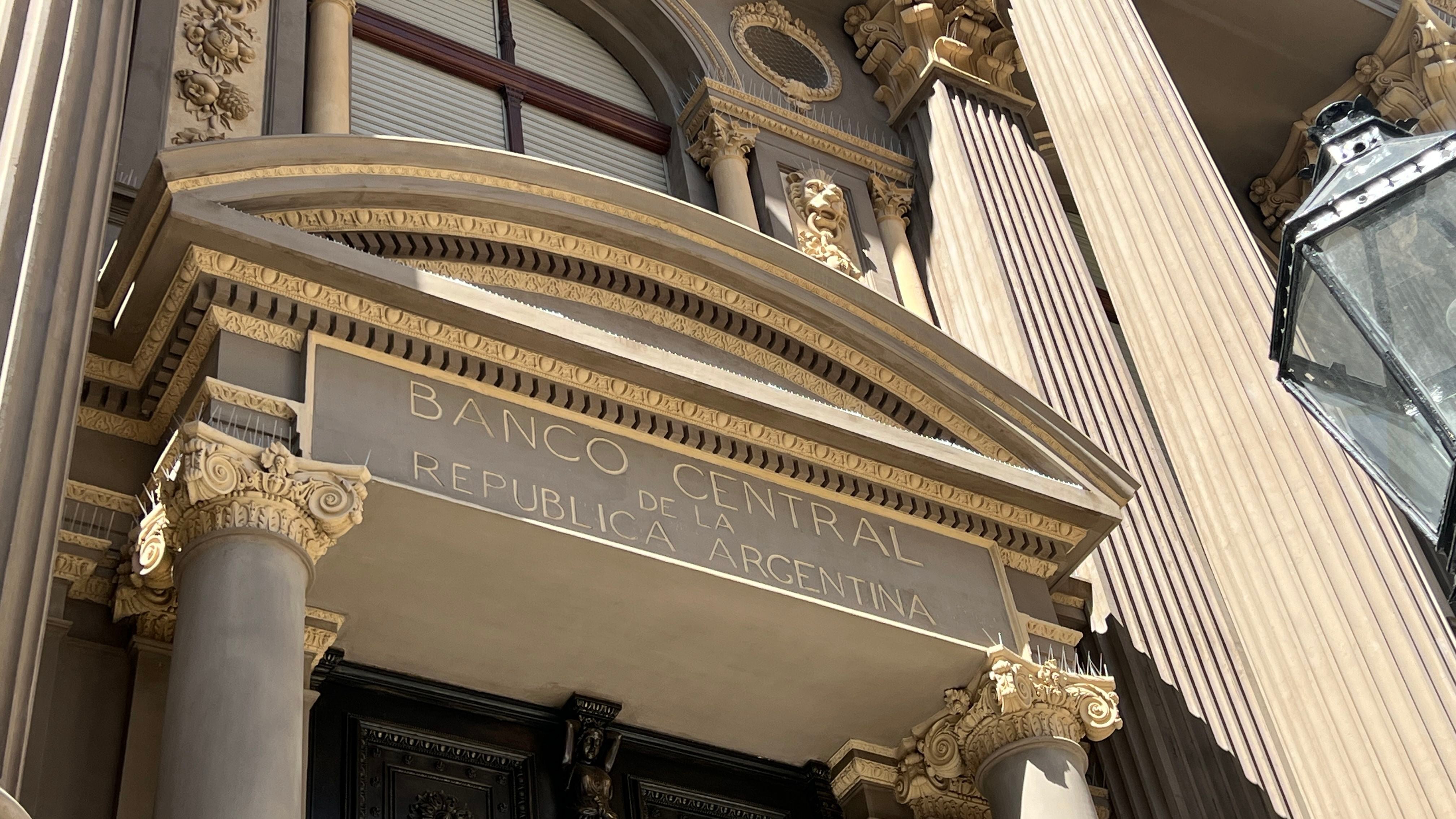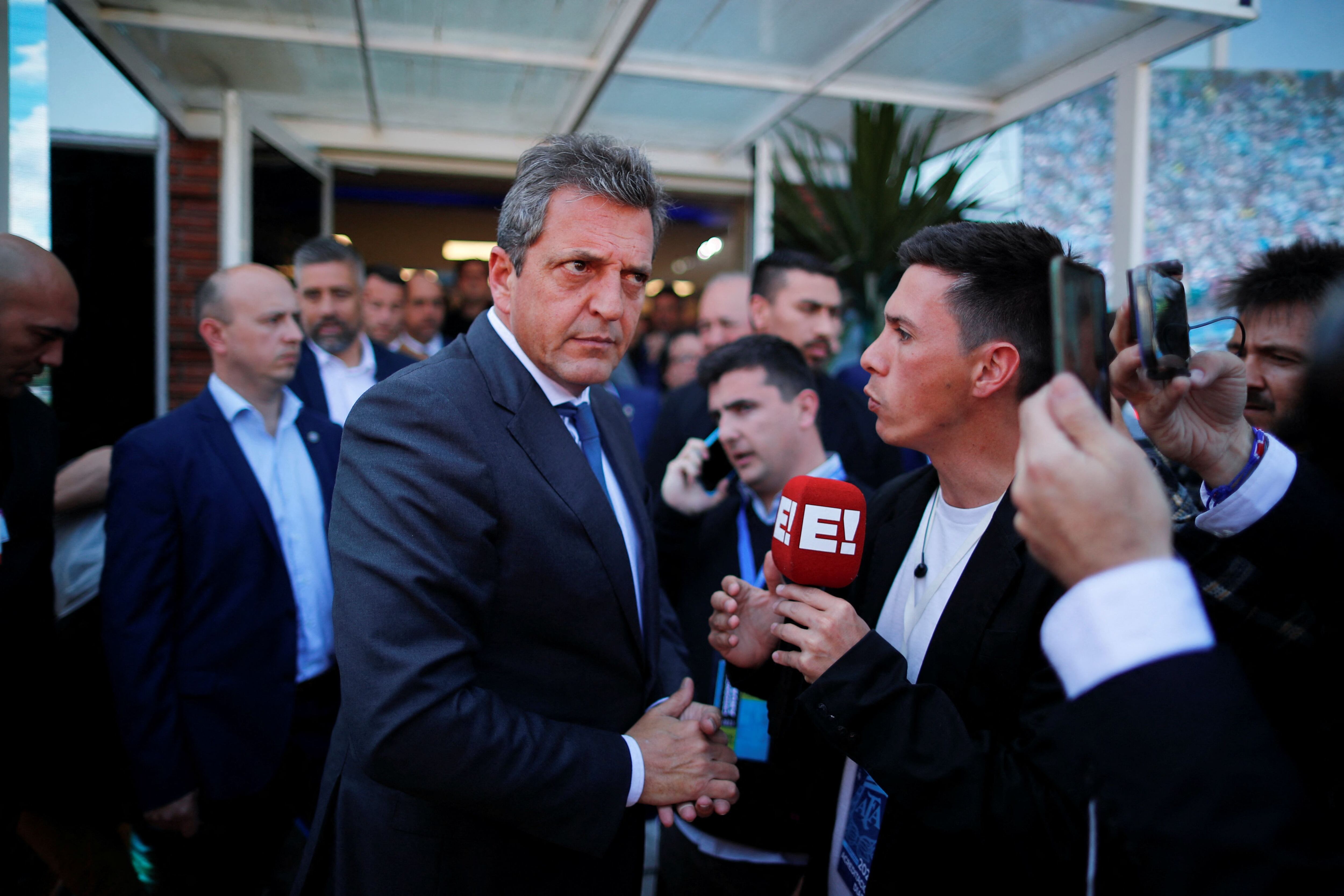The Government spoke with pesos and the response was as expected
[ad_1]

“Don’t go buy me dollars, buy a little car…”
This is how the candidate Sergio Massa harangued in the Plaza de Mayo, while announcing an irresponsible issuance of pesos.
With this issuance he intended to partially compensate higher-income workers for the effects on their salaries of a previous irresponsible issuance of pesos. Issue that, in turn, forced the devaluation without program of August 14 past.
That announcement was followed by others with the same mechanics, more issuance of pesos, to compensate for the effects of the greater previous issuance of pesos.
But of course, as you already know by heart, All excess pesos end, at the end of the day, in more demand for dollarsand that is what happened and is happening.
This greater demand for dollars in recent weeks adds, as it could not be otherwise, to the attempt to dollarize the already accumulated stock of financial assets denominated in pesos.
And I say how it could not be otherwise, because with a Central Bank without reserves, negative interest rates, the Kirchner candidate willing to “throw the pesos out the window” and the candidate who leads the polls declaring that “the higher this the price of the best dollar”, It is not surprising that the “usual” dollarization of Argentines’ pre-election portfolios is accelerating.
Even more so, in a context of “absence of government.”
In “normality”, central banks face runs against their currency, with devaluation – if the run is caused by a perception that the dollar is “cheap” for some valid reason – or by defending the price of their currency with reserves – if understands that the bullfight is based on temporary and unjustified speculation.
Here, as we have two markets with a growing gap, the Government has had a “mixed” response.

In the official market, which is the one that is “cheap”, it is reacting devaluing by sectors, to the soybean dollar, he added the SME dollar, the oil dollar, the mining dollar, etc. with the aim of accelerating or advancing exports that were going to be made anyway. (There is no investment, nor “gain from new markets” in the short term). What it seeks is to achieve a quick offer of more dollars from exporters, to meet the demand for dollars to pay for imports and not paralyze production even further, while intervening in the free market.
In that market, the free market, the one that is “expensive”, sells reserves that it does not have, and increases the private supply somewhat (25% of the exports of some sectors that are settled to the CCL), to prevent the price from continuing to rise. , and this increase is transferred to inflation – for goods and services that follow the free market price of the dollar – or dollarization is accelerated even further.
Remember that since the dollar is a financial asset in Argentina, when there are expectations that it will rise and outperform assets in pesos, We are all trying to dollarize faster, before it goes up more.
Additionally, the Government also increased regulatory restrictions for the purchase and sale of bonds, in order to further hinder the free dollar market, supposedly taking away demand from that market.
In other words, we are facing the usual effect of the “three crazy plumbers” (excuse the old thing, but I’m sure if you search on YouTube you will find it).
The Government generated a greater fiscal deficit that it financed with an uncontrolled issuance of pesos. The issuance accelerated inflation, left the Central Bank without reserves and generated a 100% gap.
Then, to compensate for the exchange rate delay caused by this higher inflation, it produced a jump in the official exchange rate that modified the inflationary regime. Later, to compensate for the jump in the inflation rate, it caused, once again, an increase in the fiscal deficit and greater issuance, which again delayed the price of the official dollar, and increased the gap, accelerated dollarization, and the loss of reserves “borrowed” from the Central Bank. And now, to try to stop the run, sectorally devalues the official dollar, hinders operations in the free dollar, and delivers more reserves that it does not have. While the devaluation of August 14 was already exhausted by the inflation that the devaluation itself generated.
All this in a context of “misgovernment” that further fuels the run, instead of stopping it, putting pressure on the price of the free dollar, some internal prices, and the exchange gap.
For now, we have not reached a terminal crisis scenario, given that The stocks prevent the exchange run from becoming a bank run -for each one that is dollarized, its counterpart becomes “pesified”- and, in addition, large companies continue to “respect” both the freezing of some prices and the restrictions to access the free exchange market.
But obviously, none of this is free. The stock of savings in pesos continues to liquefy, as does the real informal salary. And poverty continues to increase, along with the “sense of lack of control.”
Returning to the beginning of this note, candidate Massa could repeat that historic phrase of Minister Pugliese “I spoke to them with my heart and they answered me with their pocketbook.”
But, like that time, it was not the heart that spoke, but fiscal and monetary irresponsibility, in a context of absence of dollars in the Central Bank, external financing and power crisis… and the response was as expected.
Without wishing to be alarmist, I would like to remind you that the phrase quoted was uttered weeks before the elections of May 1989 and weeks before the inflation rate accelerated uncontrollably.
[ad_2]
